Introduction
Virtual production has transformed the landscape of filmmaking and visual content creation, offering unprecedented possibilities for creating immersive and realistic environments. LED volumes with in-camera VFX have emerged as a crucial component, providing a seamless backdrop for capturing actors and objects in real-time. This article aims to provide an in-depth and comprehensive guide to speccing and building out LED volumes, considering factors such as screen size, pixel pitch density, camera focal range, and the business case for the stage.
Understanding LED Volumes
LED volumes are large-scale screens with LED panels, enabling filmmakers to project computer-generated images and backgrounds generated in real-time game engines like Unreal Engine. These screens create an interactive environment where actors can perform, surrounded by realistic virtual sets. Productions such as The Mandalorian, 1899, Star Trek: Strange New Worlds, and The Fabelmans have effectively deployed LED volumes. Building an LED volume involves carefully evaluating technical specifications, market demands, and business considerations.
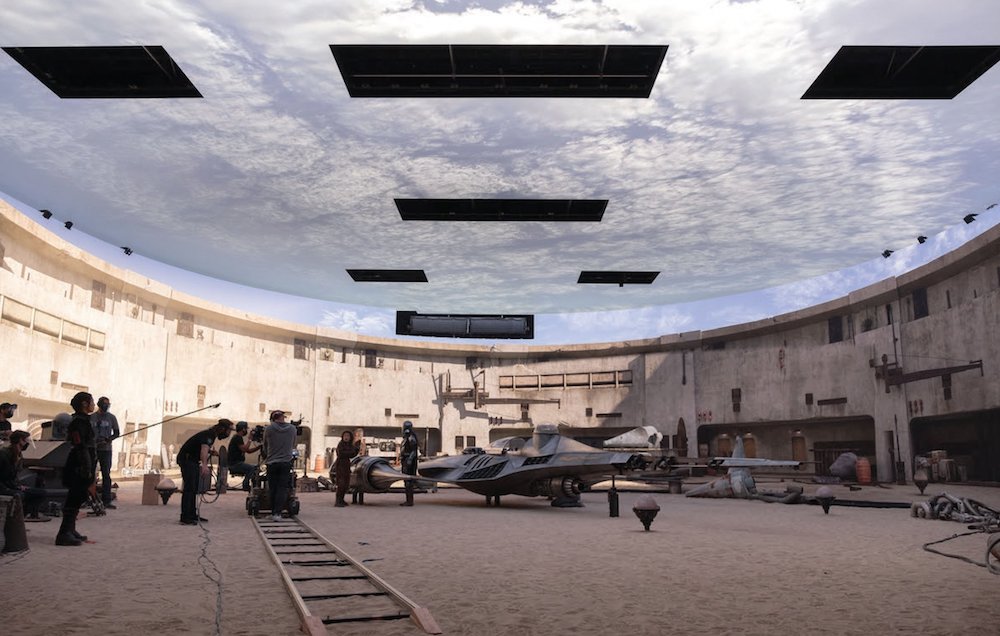
Building an LED volume involves carefully evaluating technical specifications, market demands, and business considerations.
Determining Screen Size
The size of the LED volume plays a crucial role in creating an immersive experience for filmmakers and actors. It should be large enough to accommodate the desired scenes and actors’ movements while considering practicality and cost-effectiveness. When determining the stage size, factors include available space, production requirements, budget constraints, and the market demand for such a stage in the chosen location. You want to aim for the Goldilocks Zone, where the screen is the perfect size for the technical requirements and the business opportunities which would support it.
Pixel Pitch Density
Pixel pitch density refers to the spacing between individual pixels on the LED panels. A high pixel density ensures a seamless display, minimizing visible gaps between pixels. It is crucial to strike the right balance to avoid moiré artifacts.
The challenge for a virtual production stage is that the denser an LED panel is, the more expensive it gets. And more dense pixels also mean additional capital expenditures for video processors and render nodes to feed the increased total resolution. You want enough pixels to be effective at the total size of the screen while still being cost-effective and sustainable.
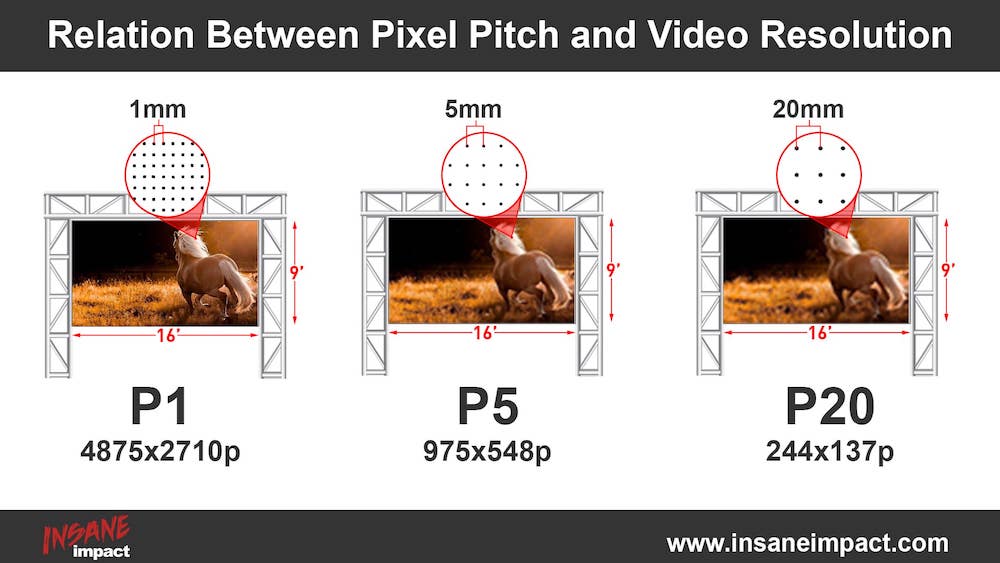
You want enough pixels to be effective at the total size of the screen while still being cost-effective and sustainable.
For example, the 2.8mm ROE panels used on The Mandalorian stage at Manhattan Beach Studios offer sufficient visual quality at a 75’ diameter and 20’ height screen size. But if the screen were 15 feet across and 10 feet high, 1.5mm or denser panels would offer much more flexibility and freedom from artifacts. I wish I had a degree in math because I could probably express the following formula more accurately, but here goes an attempt:
Moiré Likelihood = (W1 * PPD) + (W2 * SS) + (W3 * DCS) + (W4 * SSZ) + (W5 * DOF)
Where:
- PPD: Pixel Pitch Density (measured in pixels per inch or pixels per meter)
- SS: Screen Size (measured in inches or meters)
- DCS: Distance from Camera to Screen (measured in inches or meters)
- SSZ: Sensor Size (measured in inches or meters)
- DOF: Lens Depth of Field (measured in inches or meters)
- W1, W2, W3, W4, W5: Weighting coefficients assigned to each factor based on its perceived influence (non-negative values)
The weighting coefficients, W1, W2, W3, W4, and W5, can be determined through experimentation, analysis, or expert knowledge. Adjusting these coefficients allows prioritizing certain factors over others based on their significance in contributing to moiré artifacts.
It’s important to note that determining precise values for the weighting coefficients may require empirical data, analysis of specific camera models, lens characteristics, and screen properties.
Fine-tuning the formula and coefficients based on practical testing and visual evaluation will help optimize moiré reduction efforts in virtual production setups. While this formula provides a more structured approach, the complexity of moiré artifacts necessitates a comprehensive understanding of the interactions between various factors and practical experimentation to achieve the desired results in specific LED volume setups. Careful consideration of pixel pitch density helps minimize these artifacts and ensures clean, high-quality footage.
Careful consideration of pixel pitch density helps minimize these artifacts and ensures clean, high-quality footage.
Camera Focal Range
The camera focal range must be carefully calibrated to the pixel pitch density of the LED volume to avoid moiré artifacts. Moiré patterns can occur when the camera’s sensor captures the interference between the LED pixel pattern and its pixel structure. By selecting the appropriate focal range and adjusting the camera’s optical anti-aliasing filters, you can minimize moiré artifacts and achieve artifact-free footage.
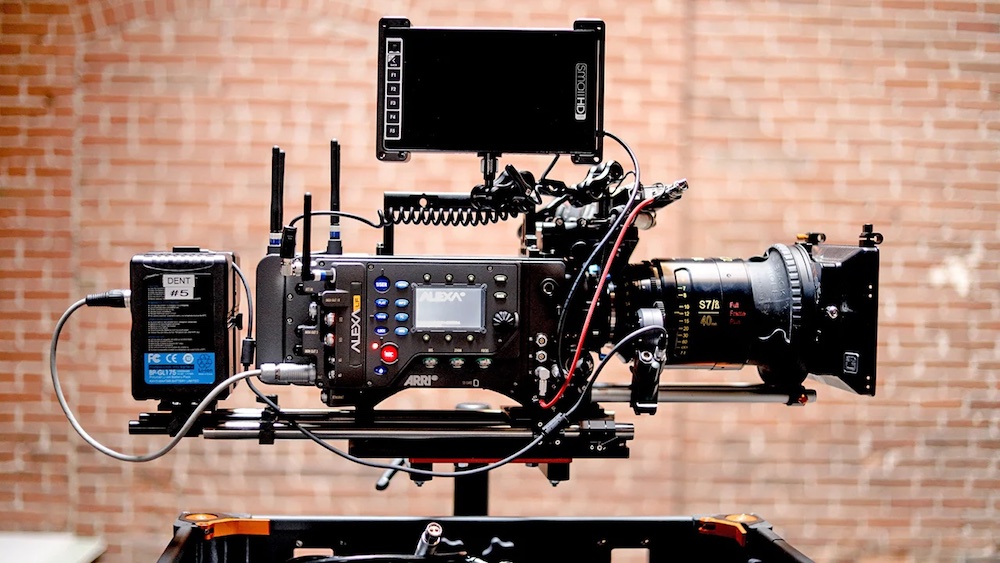
Generally speaking, you’ll want to consider cinema-quality cameras and optics to have complete control over depth of field. A stage that looks incredible on an Alexa LF with Cooke primes lenses will likely still show moiré on an MFT camera with a zoom lens or, say, an iPhone. Collaborating with experienced camera technicians and staying up-to-date with advancements in camera technology is crucial in this aspect.
A stage that looks incredible on an Alexa LF with Cooke primes lenses will likely still show moiré on an MFT camera with a zoom lens or, say, an iPhone.
Business Case Considerations
While considering the technical aspects of building an LED volume, it is equally important to evaluate the business case for the stage. Assessing the market potential and demand for virtual production stages in the chosen location is crucial. You want to build a sustainable business. There are enough LED stages in the world that the hypothesis if you build it, they will come is no longer the case. You need to create a stage that can stay in business and recoup its investment over a long period of time and without constant rental.
For example, the NantStudios stage, recently constructed at Docklands Studios in Melbourne, Australia, is one of the largest in the world at 289 feet across and 6,000 panels. Before beginning construction, the team at Nant conducted a thorough evaluation of the best technical practices and the viability of the local market. They also sought and received significant support from the local government via tax incentives and collaboration with nearby universities.
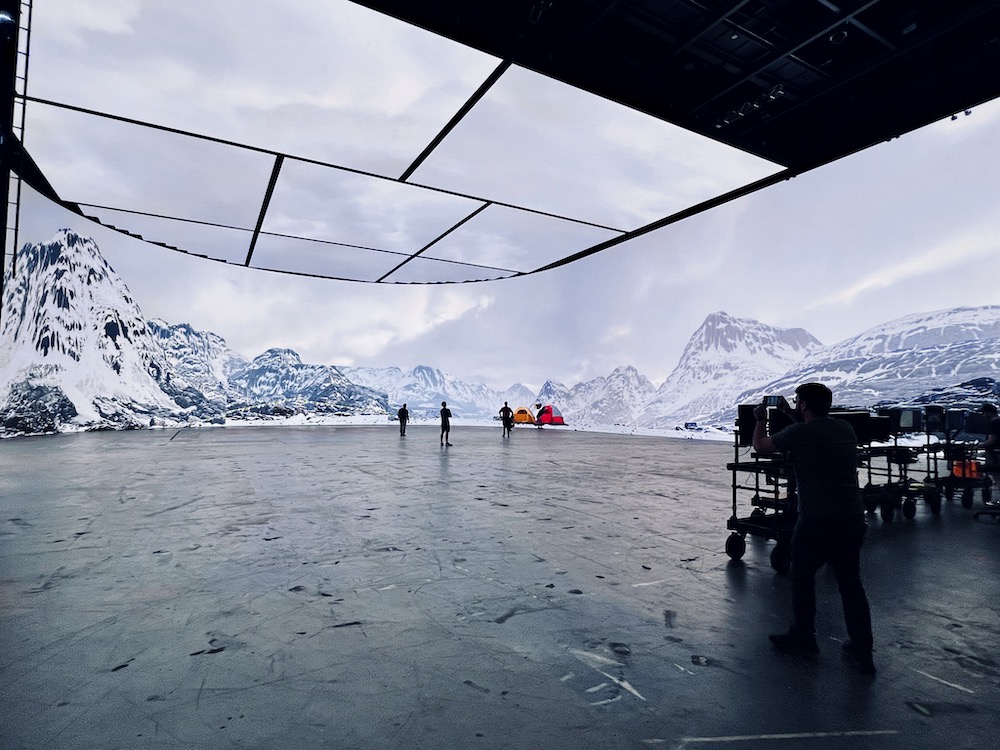
On the flip side, I personally operate an incredibly modest LED volume lab stage in San Francisco of just 12 feet across and 48 panels. But those panels are high-density AOTO 1.5mm panels. As a result, I can get surprisingly close to the screen with the camera and not generate moiré. And I have a far lower overall operating cost to cover with projects. As a result, there’s very little pressure for this stage to be constantly rented, and we can focus on pure experimentation and content creation.
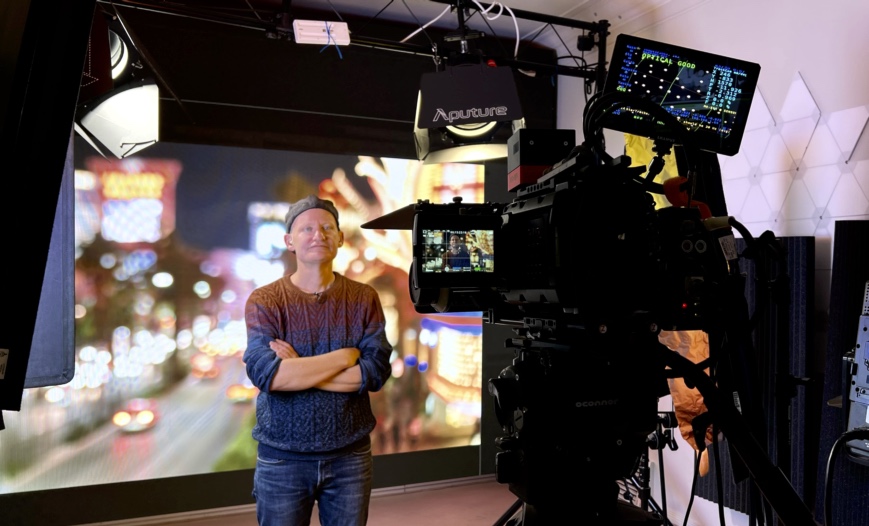
Factors to consider include the local market size, competition, available talent pool/educational resources, support from local government, pricing trends, and the ability to generate sufficient revenue to cover the investment and operational costs. Conducting thorough market research, consulting with industry experts, and analyzing rental rates and profitability projections are essential steps in ensuring the long-term viability and success of the LED volume.
Conducting thorough market research, consulting with industry experts, and analyzing rental rates and profitability projections are essential steps in ensuring the long-term viability and success of the LED volume.
Keeping Up to Date
The field of virtual production is rapidly evolving, with continuous advancements in LED display technology, camera systems, tracking systems, and rendering capabilities. Staying up-to-date with the latest technologies and industry trends is vital to remain competitive. Considerations such as HDR (High Dynamic Range), extended color gamut, denser pixel pitch screens, updated processors, and real-time rendering techniques can significantly enhance the visual quality and flexibility of the LED volume. Therefore, constructing a stage with a long-term plan for updates and renovation is crucial.
Conclusion
Building an LED volume for virtual production requires a comprehensive understanding of technical specifications and business considerations. By carefully determining the screen size, pixel pitch density, and camera focal range and evaluating the market potential, filmmakers can create immersive and artifact-free environments while ensuring the financial viability of their virtual production stage.
To bring it back to the Goldilocks zone analogy, you want a “just right” stage. Not too large that keeping it operating would require exorbitant rental rates, which the local market won’t support. But not so small that the kinds of productions the local market might support don’t fit into it. Embracing technological advancements and staying informed about industry trends will be crucial to continually enhancing your LED volume’s capabilities and profitability. Stick with Virtual Producer, and we’ll help you all the way!

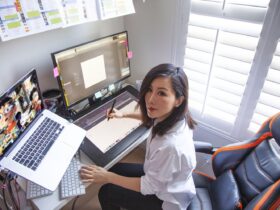
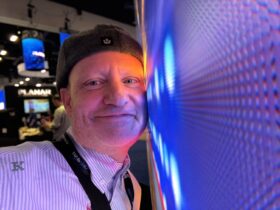
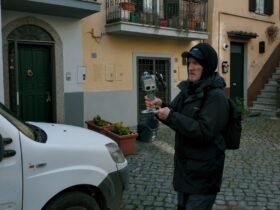
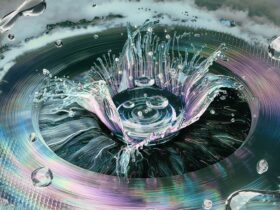
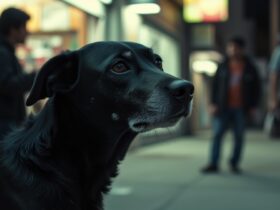
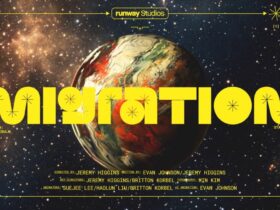

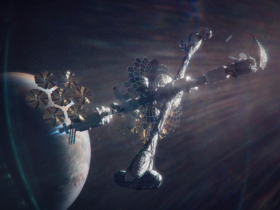
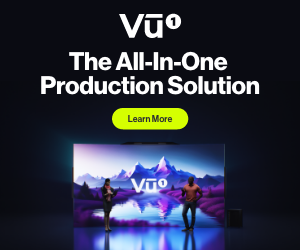
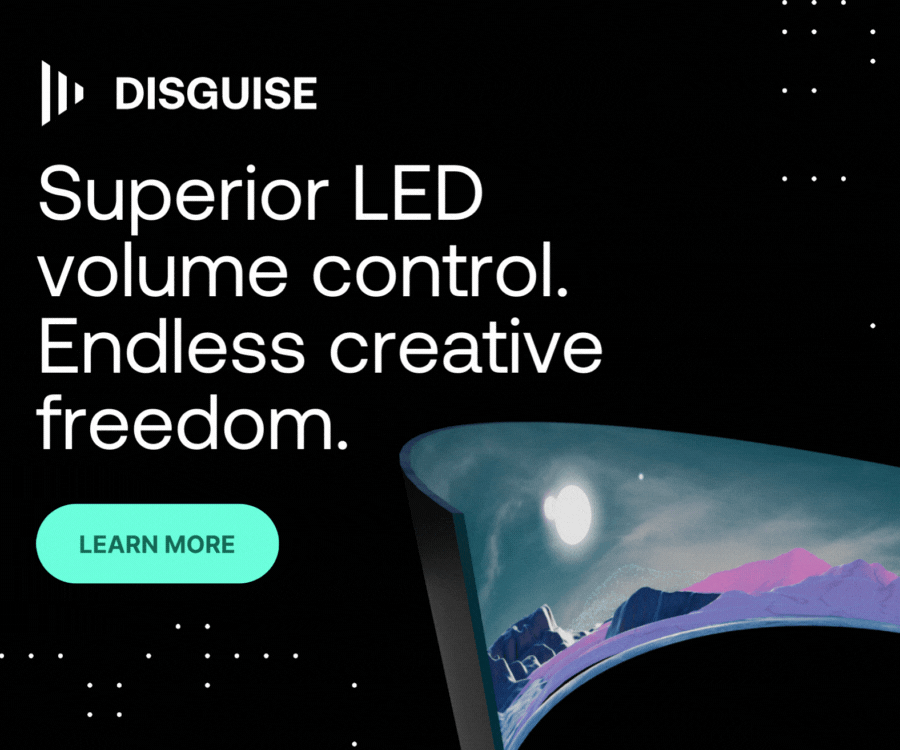
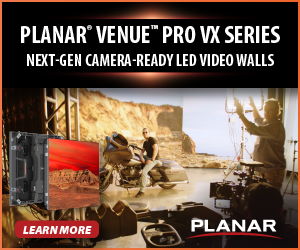
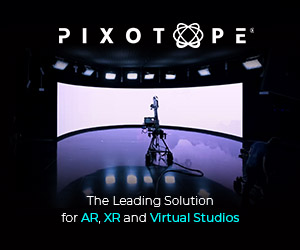
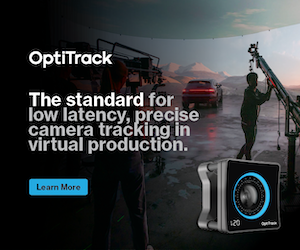
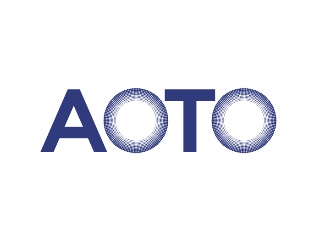

Leave a Reply